Tribal, animistic, sophisticated and codified. Although Japan and West Africa are oceans apart, these were some of the similarities that art director Serge Mouangue identified during his trip to Japan back in 2007. And in hindsight, this was the birth of Wafrica: an African kimono that blends Japanese refinement and attention to detail with West African rhythmic density and vibration.
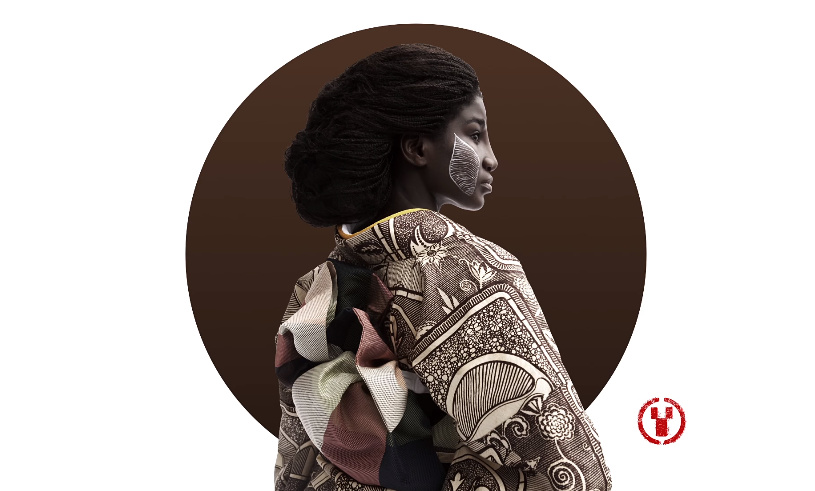
“In response to the argument that globalization may rob us of our cultural identity, a conversation between two ancient, strong and sophisticated identities: Japan and Africa,” says Mouange, explaining the thinking behind his initiative. “The conversation is about the beauty of weaving strands of our stories together.”
Indeed, Mouange recalls the time a Japanese customer, curious and open, asked to try on the kimono. “Her reaction was spontaneous: ‘I am wearing a piece of universal heritage’”. The Wafrica kimonos, however, are so much more than a blend of 2 different cultures. They’re an attempt to redefine the narrative and get us to see a third aesthetic: one that respects the codes, beauties and qualities of two cultures. You can listen to Mouangue articulate this in a talk he gave back in 2012.
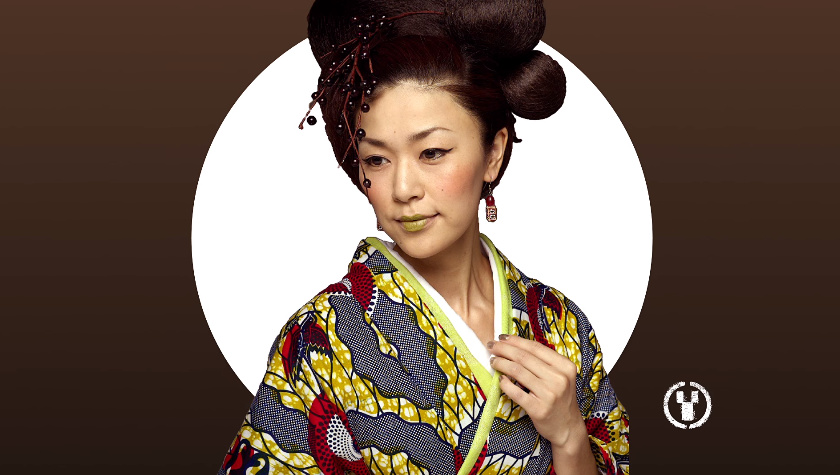
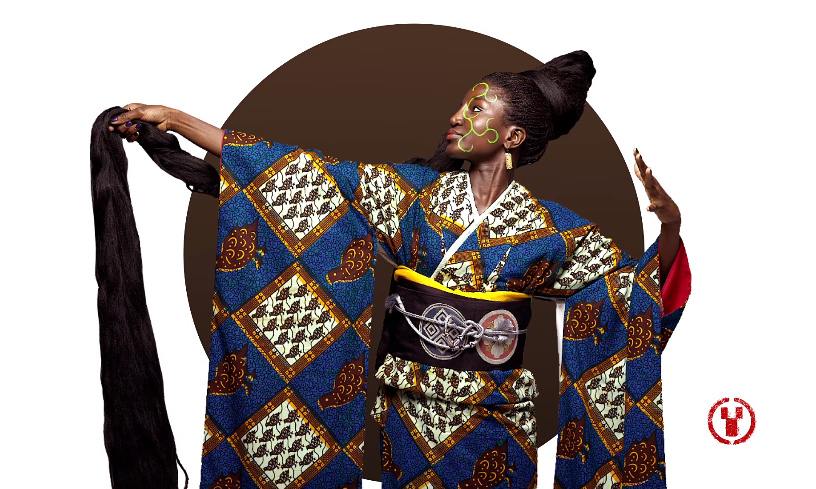
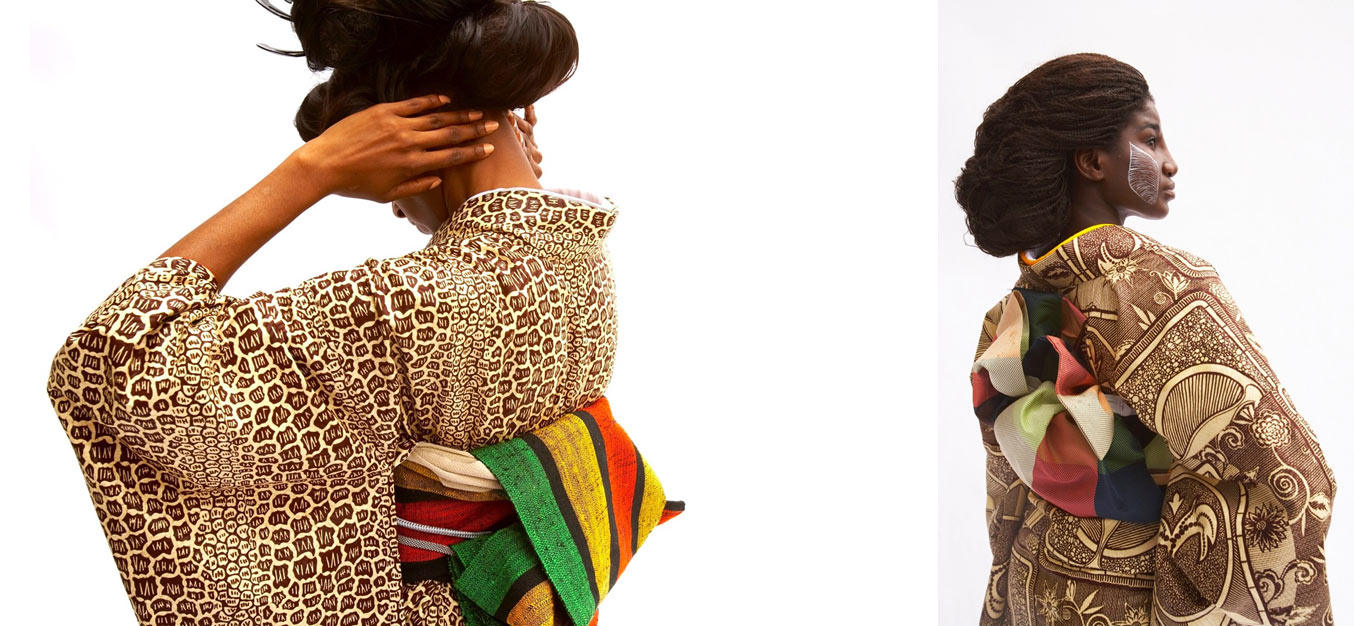
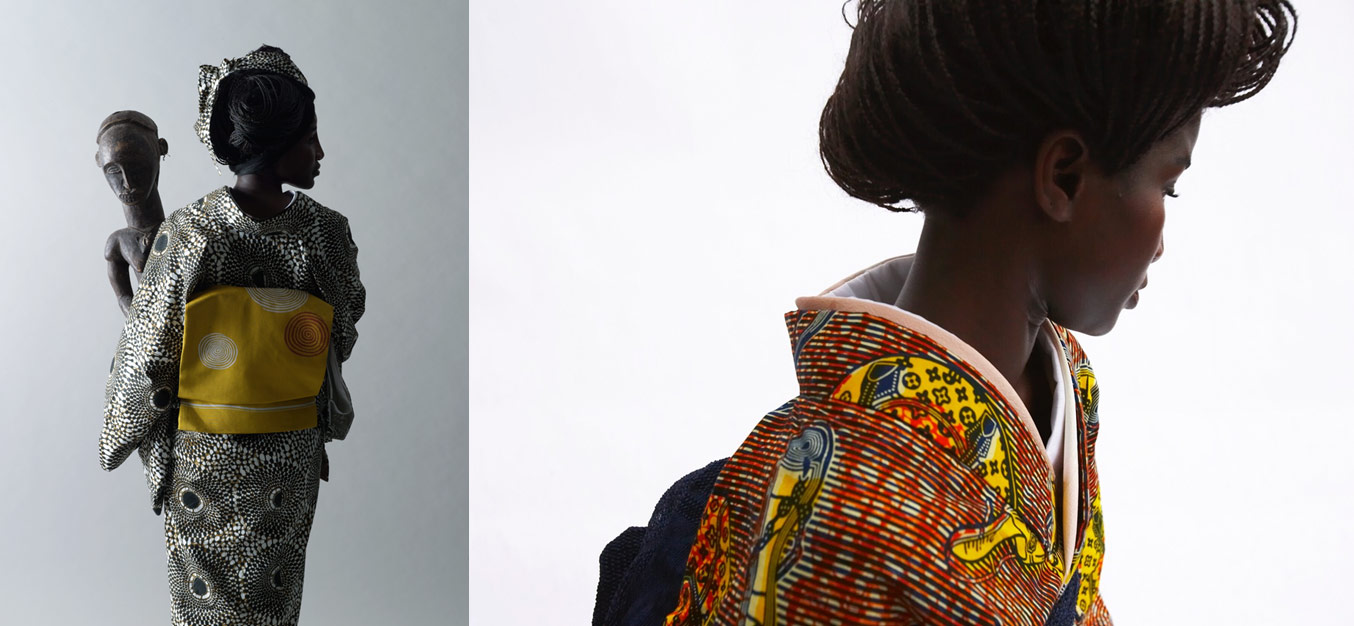
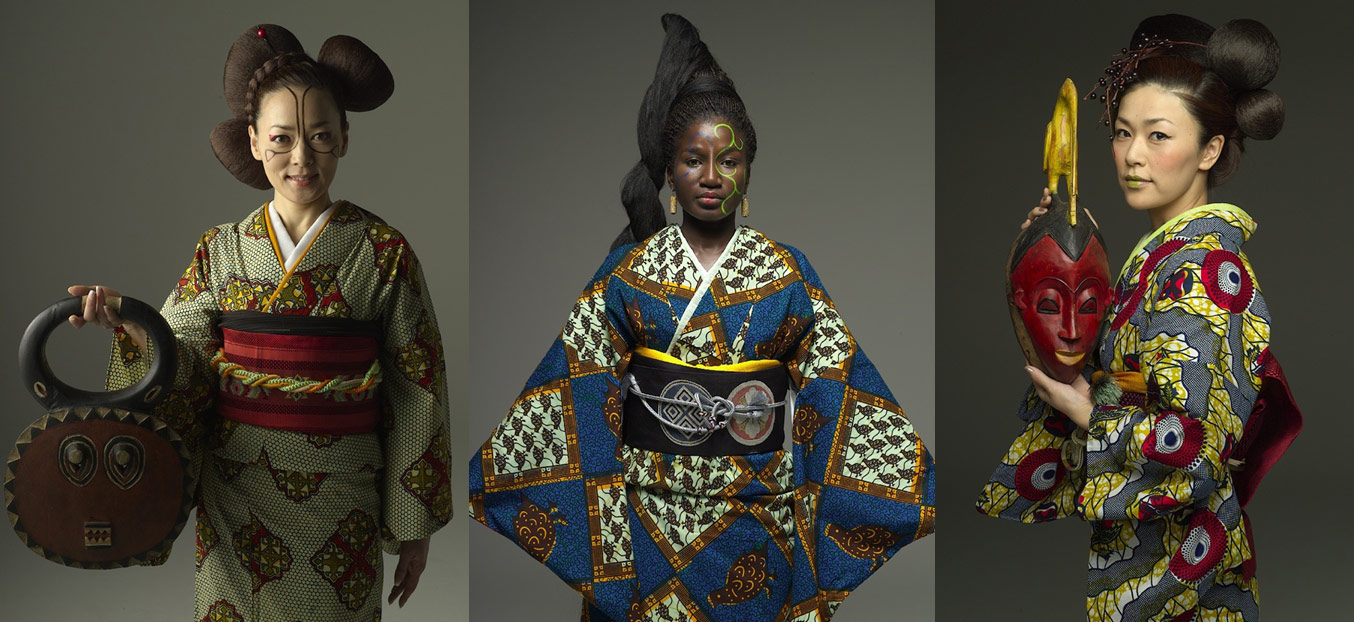
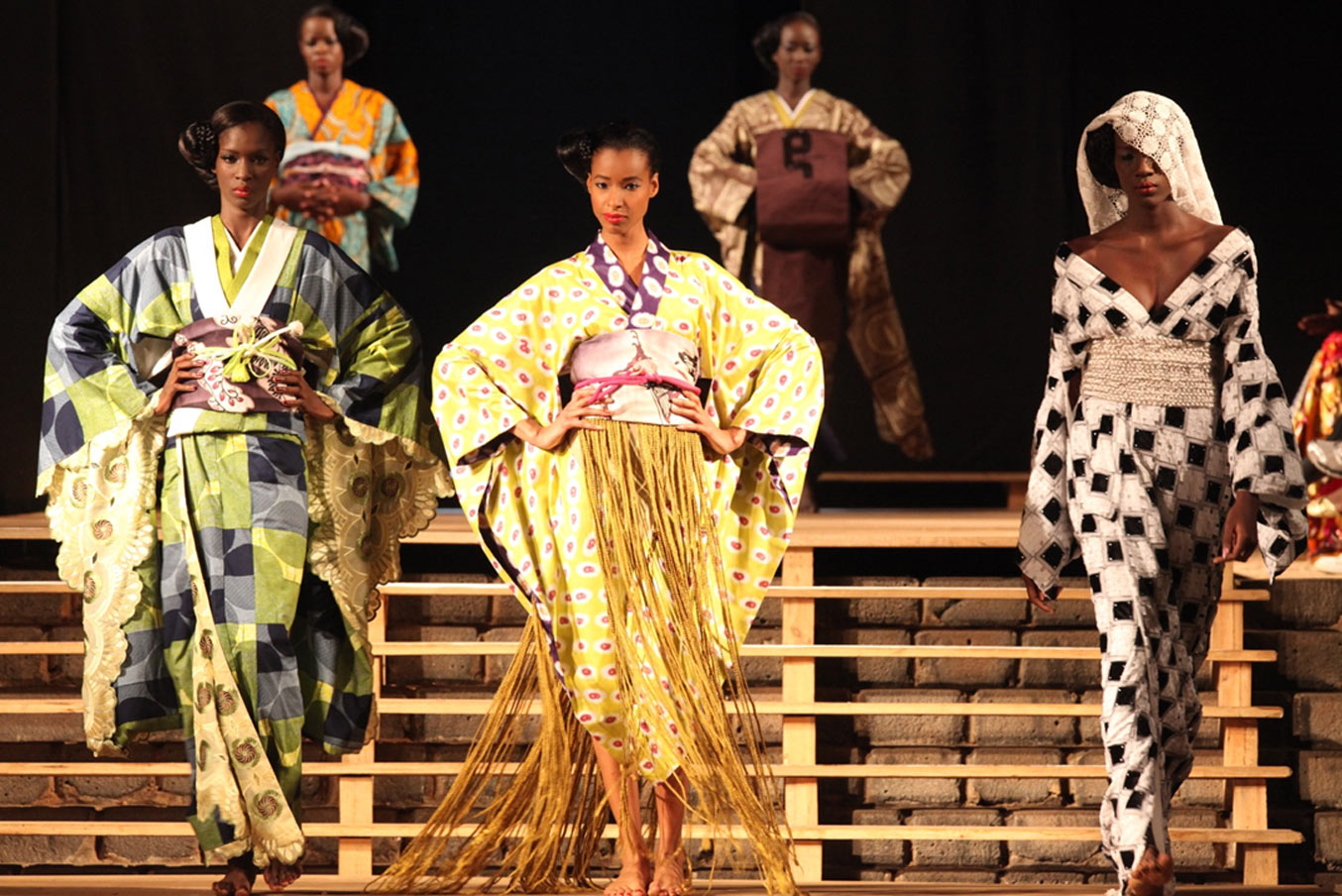

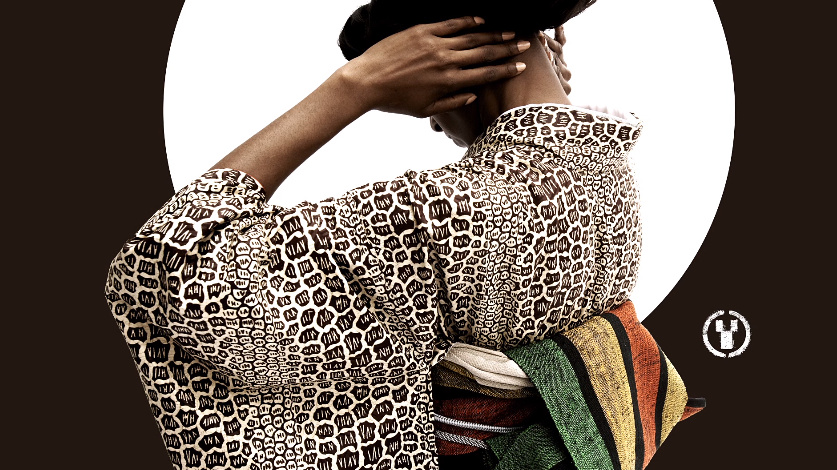

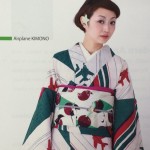

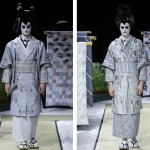



















October 18, 2017 at 7:38 pm
That.. works surprisingly well. Thanks for showing us!
October 19, 2017 at 1:51 am
I always liked African prints…Wonderful that those are stunning in Kimono style as well! I liked that kind of ideas which tradition develops with new and help increase its fan base (Like One-Piece Kabuki).
There is a unique shop to sell fashion items made by African fabrics. The owner frequently travels to Africa and import fabrics and some other items…
Just learnt her shop moved from Nishiogikubo to Minami aoyama (wow…seems her business is growing…).
October 19, 2017 at 1:53 am
https://africawaii.com/
梅田洋品店
October 22, 2017 at 1:41 pm
This makes total sense, as West African fabric designs are some of the most beautiful in the world!
November 3, 2017 at 3:20 am
Unfortunately, today there are many brainwashed young fascists among us who consider this to be Cultural Appropriation. Be careful with everything you say and do. Don’t invite violent reprisal.
November 14, 2017 at 11:06 am
And that West African fabric in turn was inspired by Javanese Batik–see the history of Vlisco http://www.thetropicalist.press/2015/04/vlisco-java-in-africa/
All comes full circle.